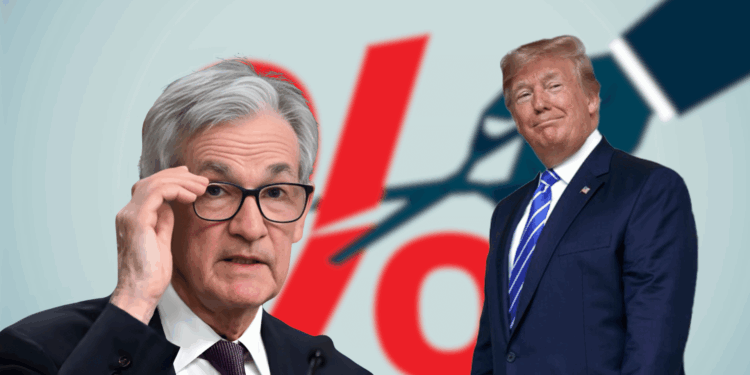- Trump called Fed Chair Jerome Powell a “numbskull” for refusing to cut interest rates by 2%.
- Administration officials echoed the pressure, citing low inflation and potential economic savings.
- Despite the criticism, markets expect no immediate cut, though September odds have increased to 76%.
President Donald Trump sharply criticized Federal Reserve Chair Jerome Powell on Thursday, calling him a “numbskull” for refusing to cut interest rates. Trump claimed that a 2% rate reduction could save the U.S. $600 billion annually, but argued that Powell’s reluctance is holding back the economy. “We’re going to spend $600 billion a year… because of one numbskull,” Trump said during remarks at the White House.
Pressure Mounts After Cooling Inflation Report
The outburst came just hours after the Labor Department reported softer-than-expected producer price growth for May, easing inflation concerns. Trump suggested that inflation is not a threat and said, “I may have to force something” if Powell doesn’t act. His administration has launched a full-court press to sway the Fed, with Commerce Secretary Howard Lutnick and Vice President JD Vance both publicly urging immediate rate cuts.
Markets Stay Calm as Odds Shift for September Cut
Despite the heated rhetoric, financial markets remained largely unaffected. Traders see little chance of a rate cut at the Fed’s upcoming June or July meetings, but the probability of a September cut has climbed to 76%, up from 69% a day earlier. Trump reiterated that he does not plan to fire Powell — a move he previously considered — but added, “I don’t know why it would be so bad.”
Fed Independence and Legal Protections Remain
Powell has maintained that the law does not allow the president to remove a Fed chair without cause, and a recent Supreme Court suggestion reinforced that Federal Reserve governors may enjoy more job protection than other agency heads. Trump’s ongoing criticism reflects broader frustration with central bank independence as his administration continues pushing for aggressive rate reductions.














